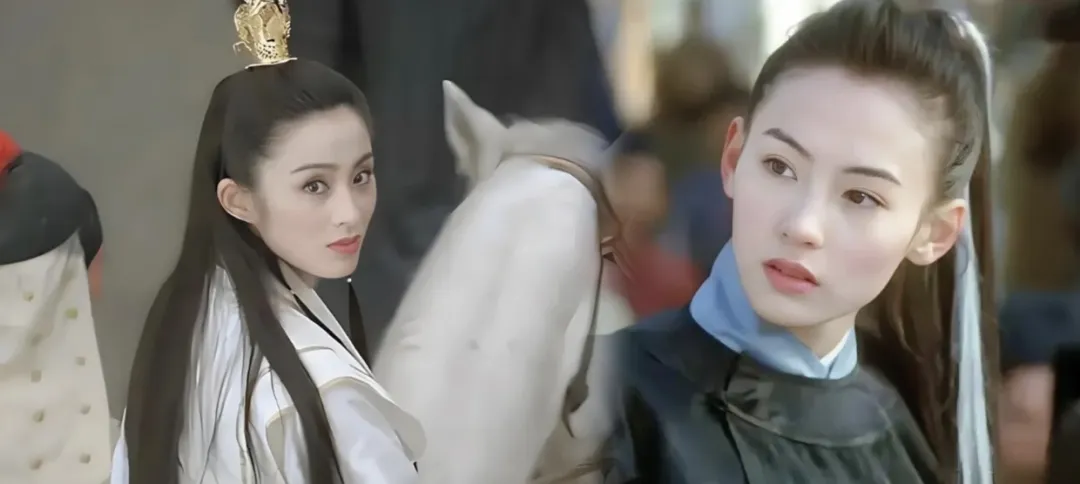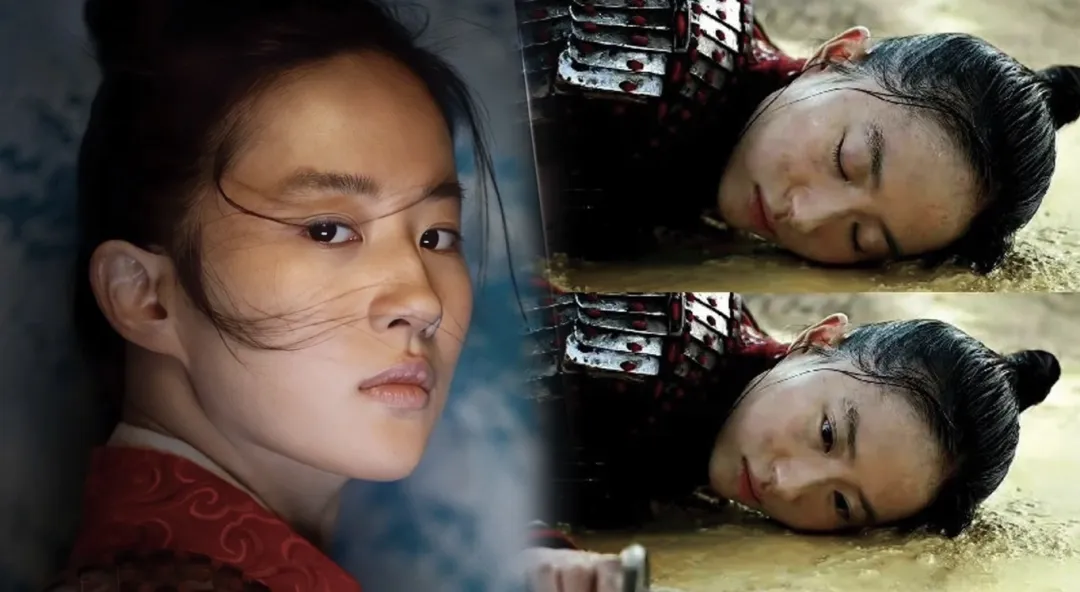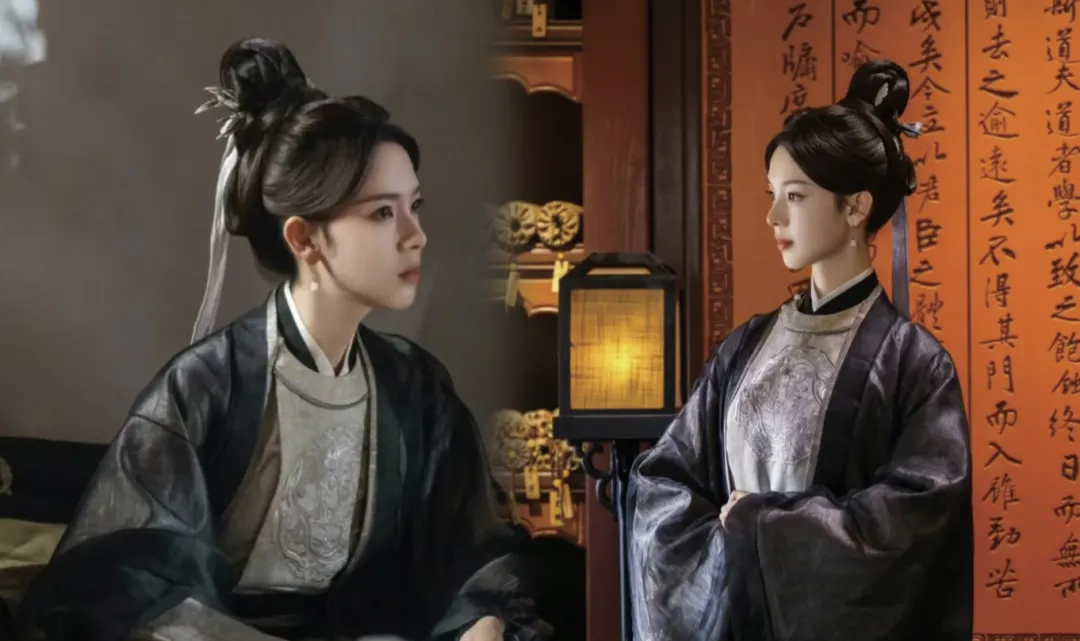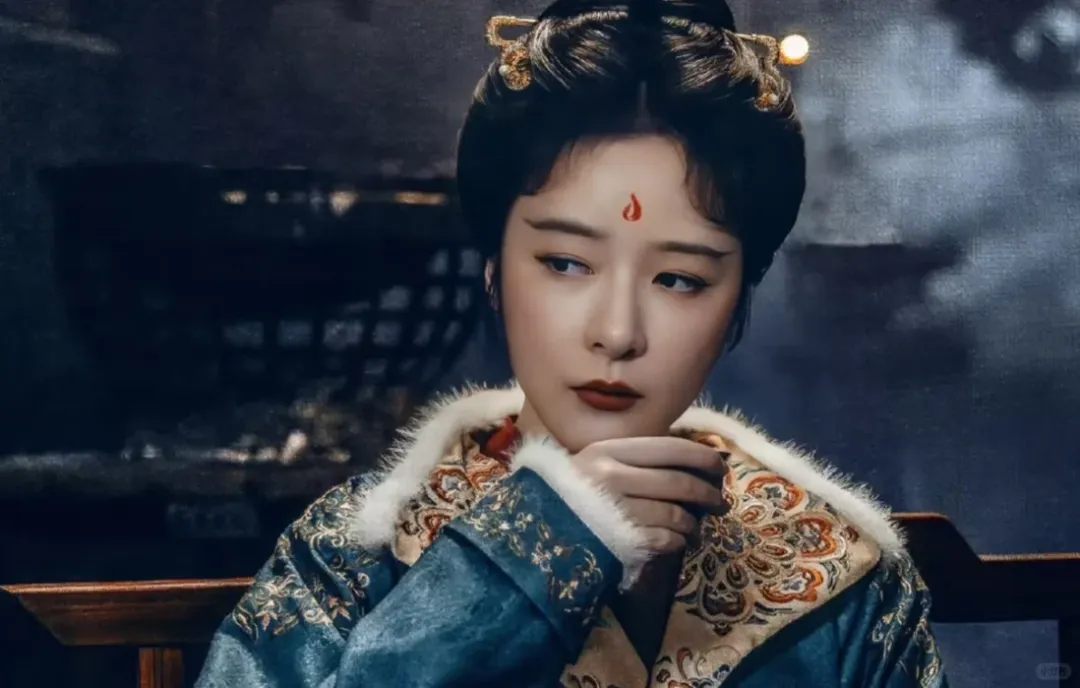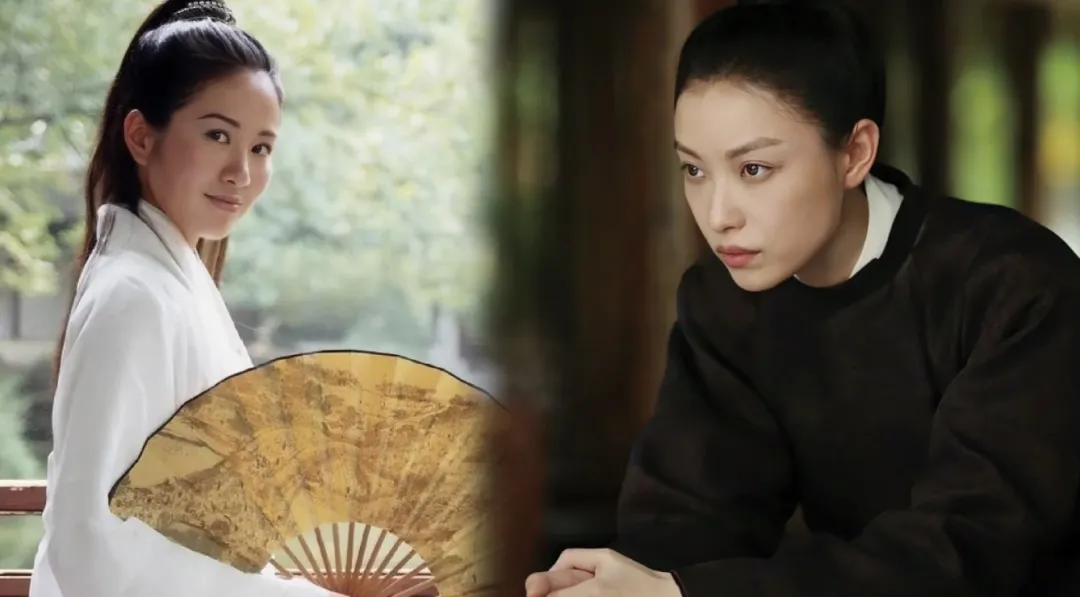Is Cross-Dressing in Historical Dramas for Real? In many historical dramas, we often see women dressing as men to navigate various social settings. While modern audiences might view clothing as a matter of personal freedom, in ancient times, women wearing men's attire was far from acceptable—it was considered a breach of etiquette and societal norms. The answer lies in the rigid hierarchical systems of the past, where distinctions between age, gender, and social status were deeply ingrained. The idea of "separating men and women" wasn't mere moral policing but a means to enforce strict gender boundaries. As recorded in the Book of Rites: Internal Rules, "men and women shall not share garments."
However, exceptions did exist. During the pre-Qin and Han dynasties, particularly in military contexts, women donning armor was a tactical move. For example, the Records of the Grand Historian: Annals of Xiang Yu recounts that Liu Bang deployed 2,000 women in armor to mislead Chu forces during a critical battle. Such instances, though rare, highlight the strategic use of cross-dressing.
The Northern and Southern Dynasties saw legendary figures like Mulan, who famously took her father's place in the army, as immortalized in the Ballad of Mulan. Yet, as Confucian ideals emphasizing gender distinctions took hold, cross-dressing became increasingly taboo. Historian Lü Simian once argued that women in combat weren't unusual in ancient times—people simply grew unaccustomed to it.
The Tang Dynasty stood out as a period when women wearing men's attire gained some social acceptance, especially during Empress Wu's reign and the Kaiyuan era. This shift reflected both rising female status and the influence of foreign customs. Historical texts like Notes on Past and Present China describe how noblewomen and even palace maids adopted male attire, including boots and robes. Notably, Princess Taiping once danced before Emperor Gaozong and Empress Wu in a military officer's garb, to their amusement. Still, even then, women rarely adopted full male hairstyles, often opting for feminine hairpins instead.
From folk songs to Tang legends, Song-Yuan storytelling, and Ming-Qing novels, cross-dressing narratives permeated Chinese literature. These stories, while fictional, revealed societal aspirations: that women could rival men in capability (e.g., Xie Xiaoe in Amazing Tales: First Series), pursue independence (e.g., Zhu Yingtai disguising herself to attend school in The Butterfly Lovers), or challenge gender norms (e.g., Meng Lijun in The Revival). Yet, most heroines ultimately returned to traditional roles, underscoring how "separate garments for men and women" remained the norm throughout history. These trailblazing women, though few, carved paths for female empowerment that resonate even today.
